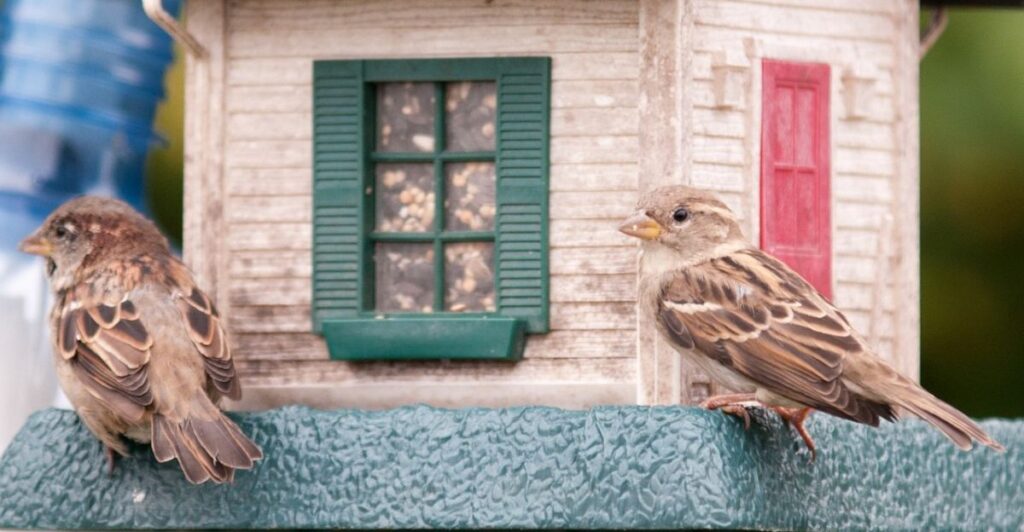
Setting up a bird feeder might sound simple, but there’s more to it than just picking a spot and adding seeds. It’s an opportunity to turn your yard into a haven for feathered friends while also avoiding potential pitfalls. With a little planning, you can enjoy the beauty of nature’s aviators up close. Ready to learn how?
1. Know Your Local Birds
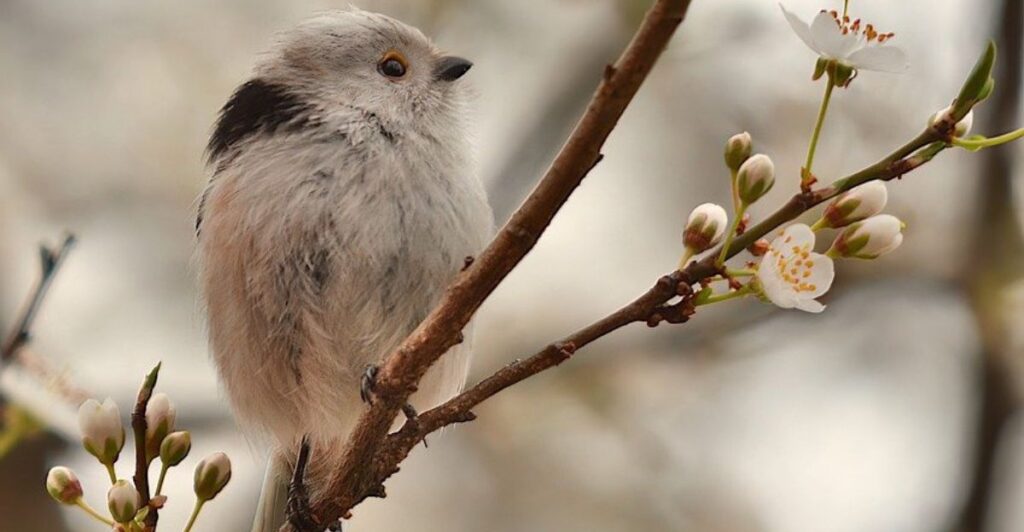
Understanding the birds in your area is the first step. Different species prefer specific types of food and feeders. A cursory online search or chat with a local birding group can help identify your avian neighbors. Cater to their preferences, and you’re more likely to attract a delightful variety to your yard.
2. Choose the Right Feeder
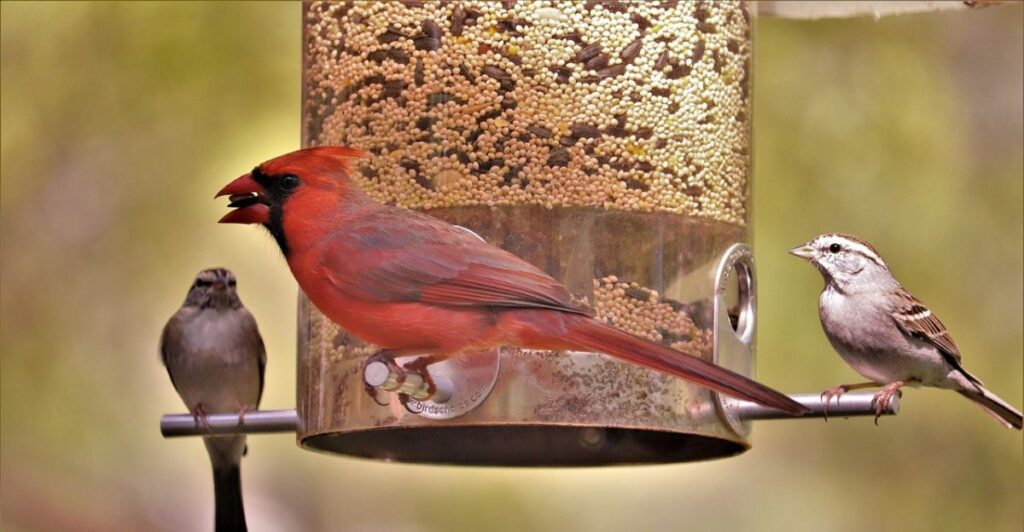
Not all bird feeders are created equal. Finches and other small birds benefit from tube feeders, while platform feeders work well for ground feeders like doves. Consider durability, ease of cleaning, and weather resistance. The right feeder can make all the difference in creating a welcoming environment.
3. Location Matters
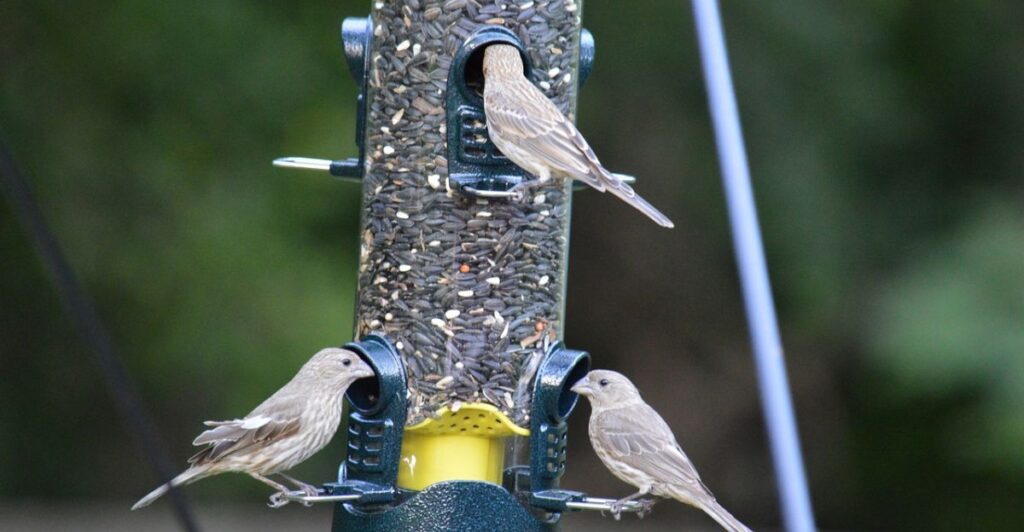
Where you place your bird feeder can determine whether it’s a success or a failure. Birds need a safe spot with shelter nearby to escape from predators if the need arises. Also, remember to avoid placing feeders too close to windows to prevent collisions. A little shade can additionally help keep food fresh longer.
4. Invest in Quality Food
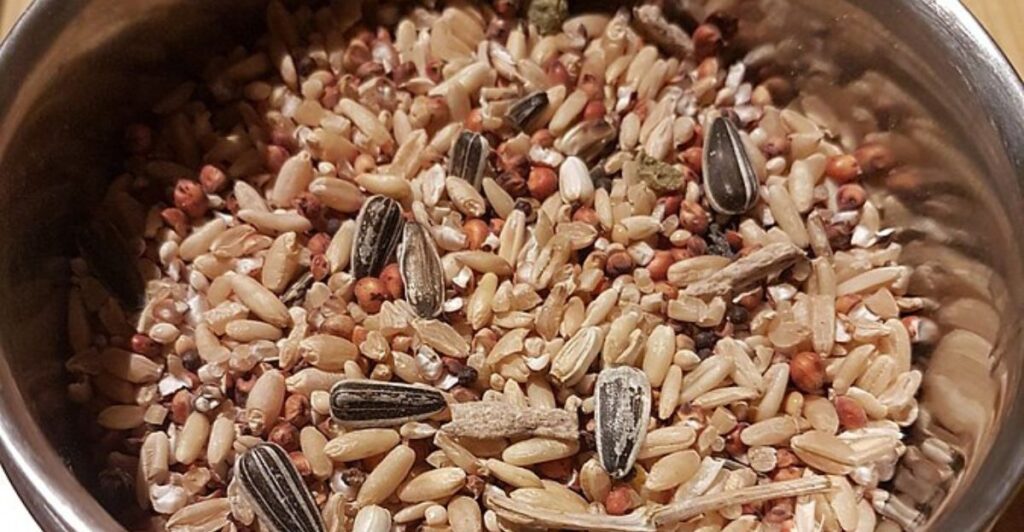
Cheap birdseed mixes might seem economical but often include filler grains that most birds ignore. Opt for high-quality seeds like black oil sunflower or Nyjer. Fresh food keeps birds coming back for more, besides ensuring their good health. Avoid moldy or stale feed, which can be harmful.
5. Keep It Clean
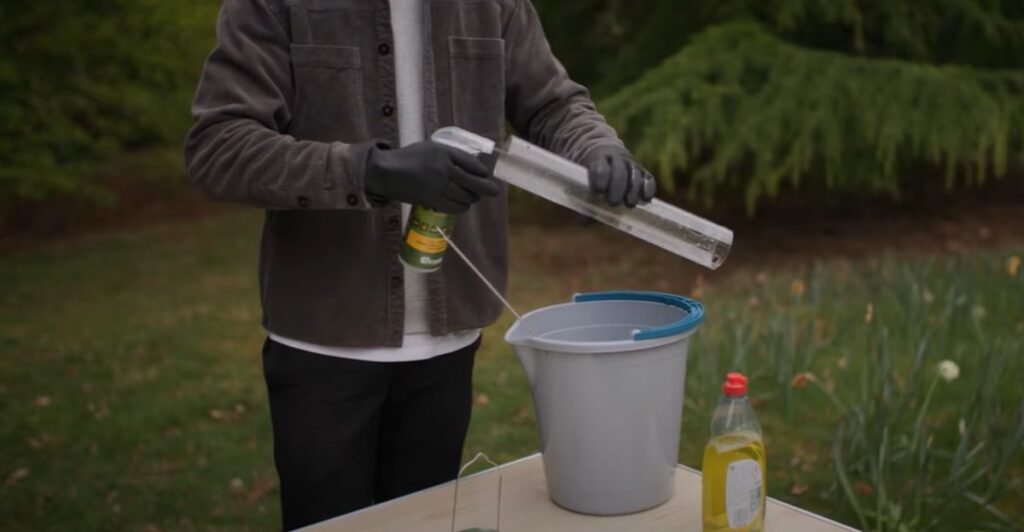
Dirty feeders can become hotspots for spreading diseases among birds. Regular cleaning with warm, soapy water or a vinegar solution is essential to ward off such a possibility. Always rinse thoroughly and let it dry before refilling it with birdseed. Clean feeders always lead to happy, healthy visitors.
6. Consider Squirrels and Other Critters
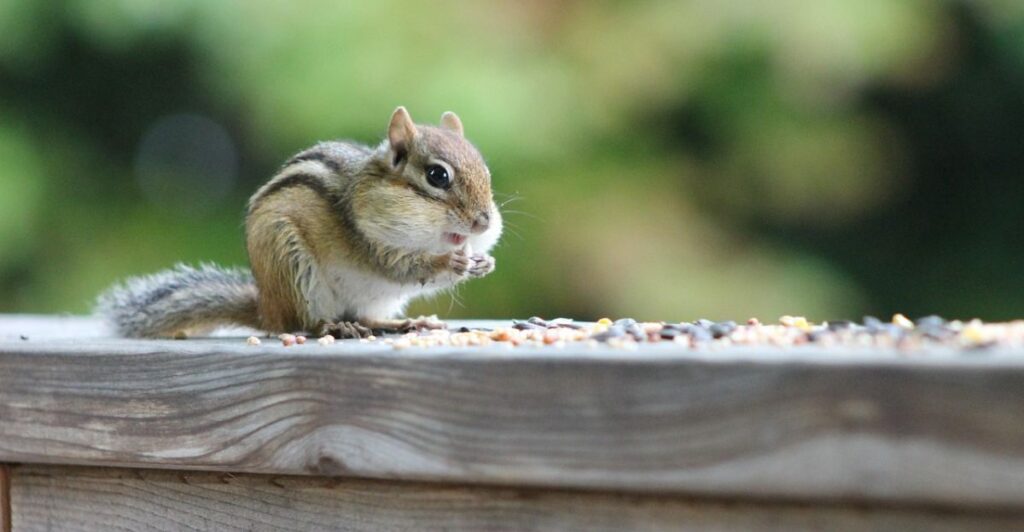
Unwanted guests like squirrels can raid your feeder and scare off birds. Use squirrel-proof feeders or baffles to keep them at bay so that your avian friends may dine undisturbed. Some feeders even have weight-sensitive perches that will bar heavier intruders from accessing the paydirt.
7. Mind Your Neighbors
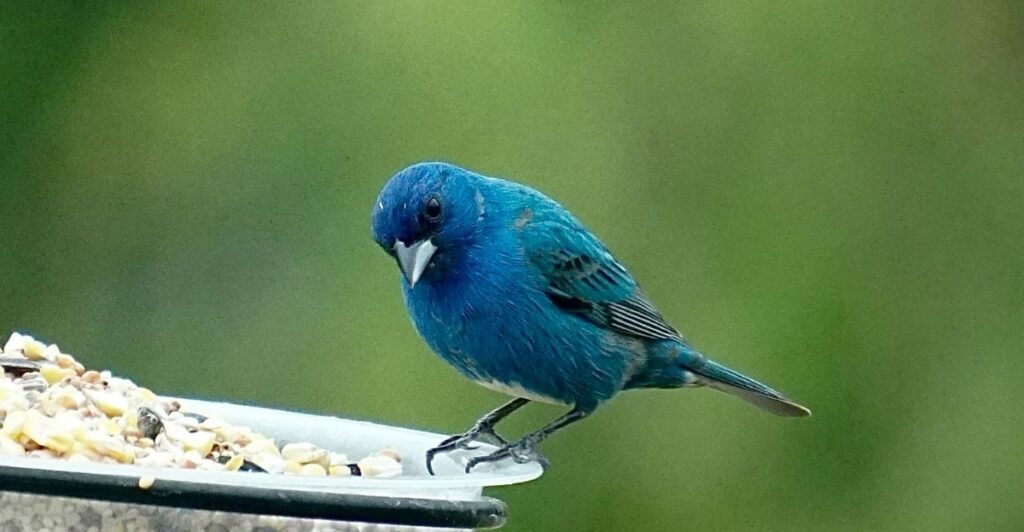
Bird feeders get messy, and not everyone enjoys the extra wildlife coming around for regular visits. Check local regulations and consider how your setup might impact nearby homes. Being a considerate bird lover will help you to ensure that your hobby won’t intrude on your duties as a good neighbor.
8. Seasonal Considerations
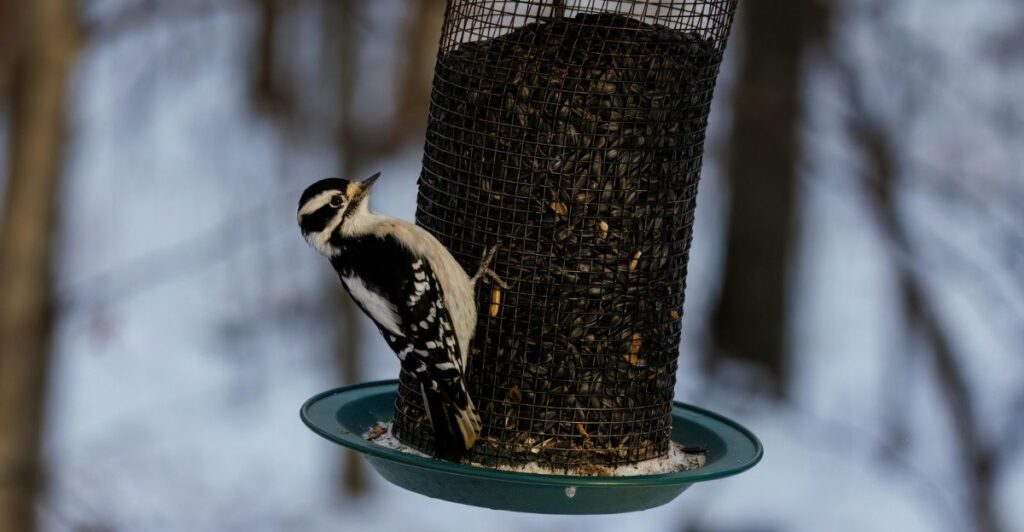
Bird feeding needs can vary throughout the year. Winter often requires high-fat seeds, while spring might call for protein-rich options to help with their nesting. Adjust your offerings seasonally to correctly meet the changing needs of your avian visitors.
9. Water is a Bonus
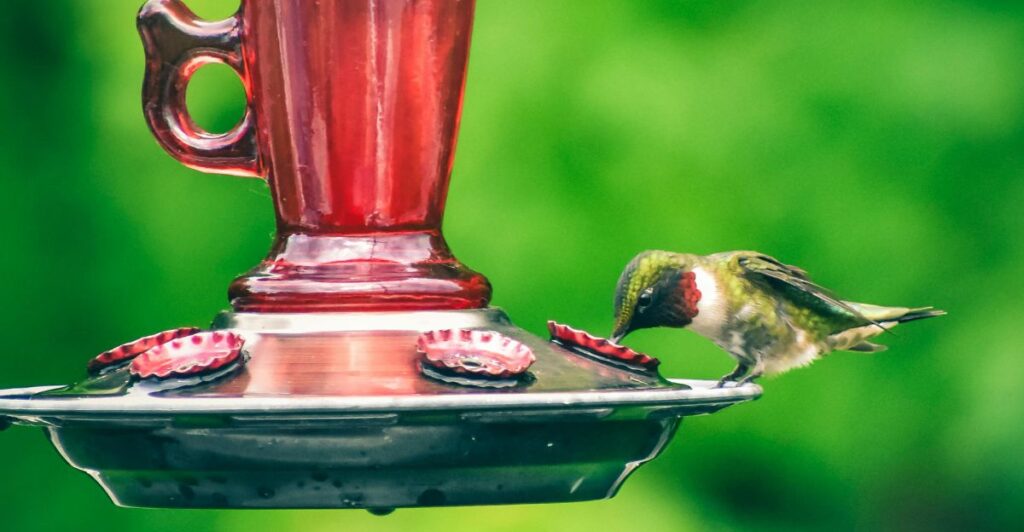
Adding a water source like a birdbath or fountain can make your yard even more attractive to the local fauna. Birds need water for bathing and drinking, especially in dry, parched seasons. Keep it clean and fresh to prevent algae and mosquito breeding, the latter of which can directly and negatively affect you.
10. Monitor for Pests
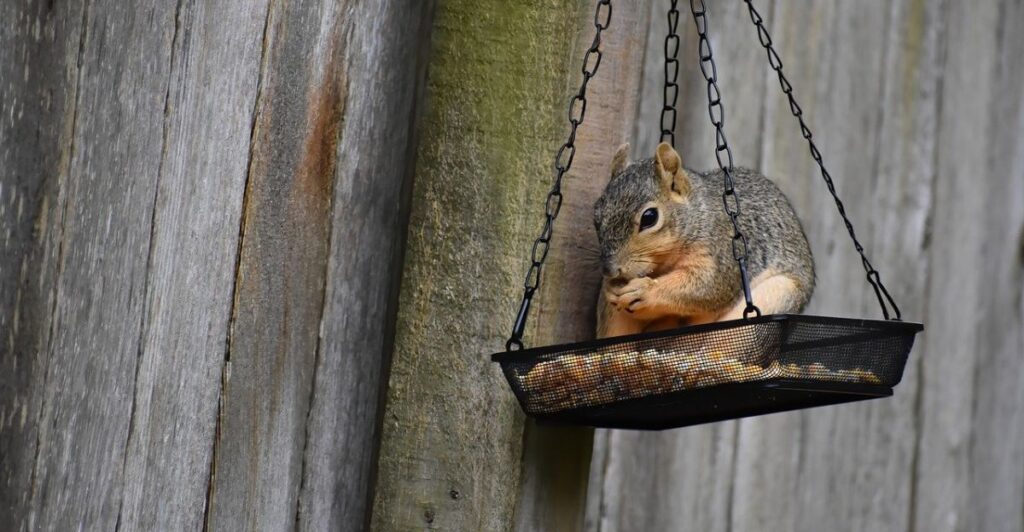
Your bird feeders attract pests like rodents or insects if you don’t manage them properly. Use trays to catch spilled seeds, and clean up the area regularly and thoroughly. You can also prevent infestations by simply storing seeds in a sealed container.
11. Budget for Maintenance
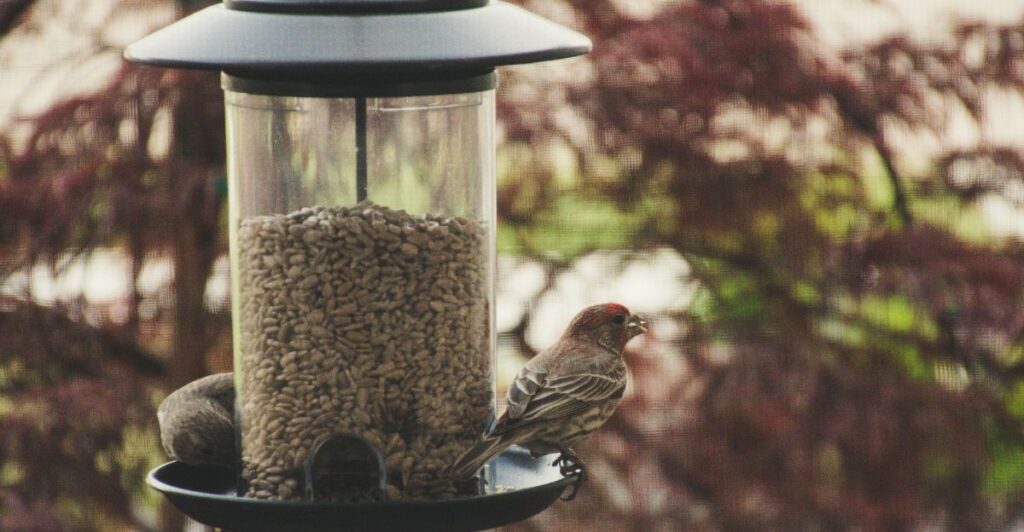
Bird feeding isn’t a one-time investment that you make and then forget forever. Over time, feeders may need replacement, food will need restocking, and cleaning supplies running low will need to be replenished. Budgeting for these ongoing costs will ensure your feeder remains an enjoyable experience for birds.
12. Be Patient
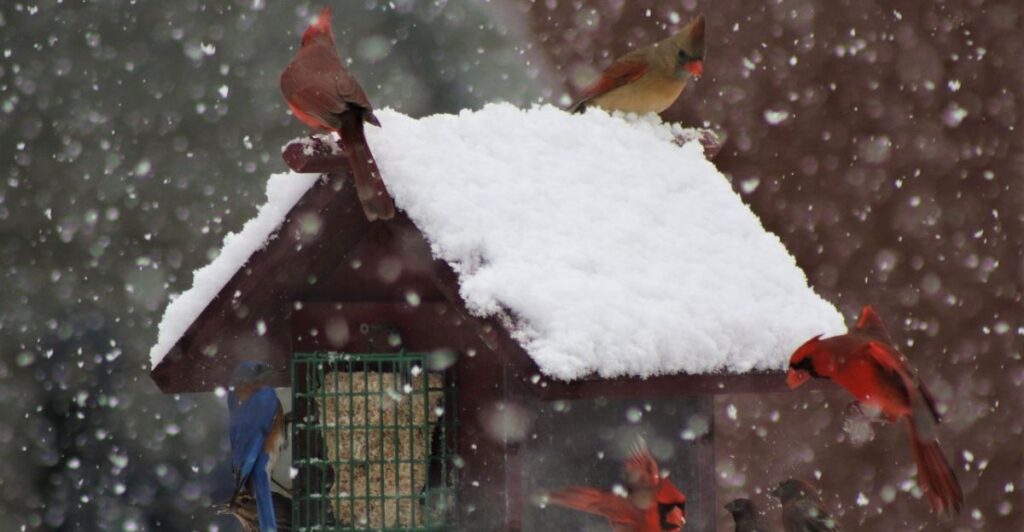
Don’t be disappointed if your feeder doesn’t immediately turn into a scene from a Disney movie. Birds might take a while to discover your feeder. Be patient and give them time to adjust to the new food source. Once they feel safe and welcome, your yard will become their favorite spot. Watching them arrive makes the wait worthwhile!
Stay connected with us for more stories like this! Follow us to get the latest updates or hit the Follow button at the top of this article, and let us know what you think by leaving your feedback below. We’d love to hear from you!







